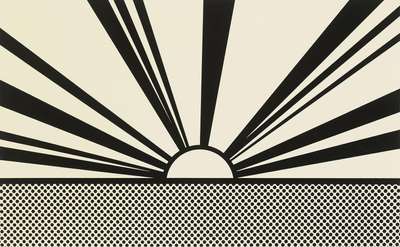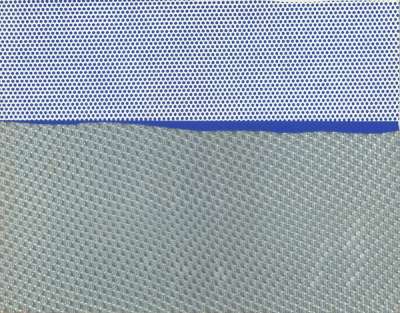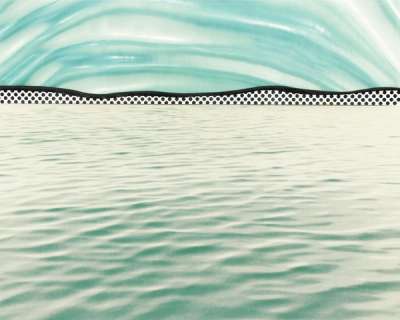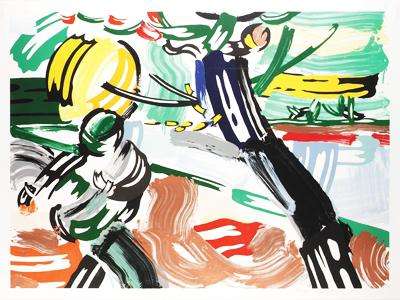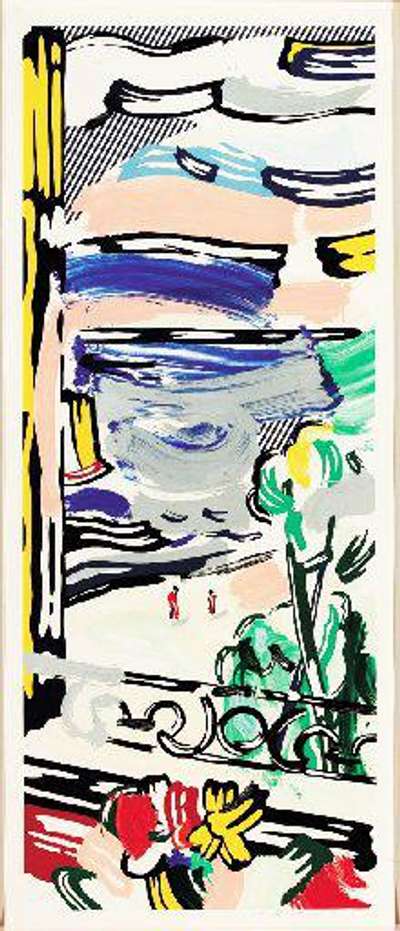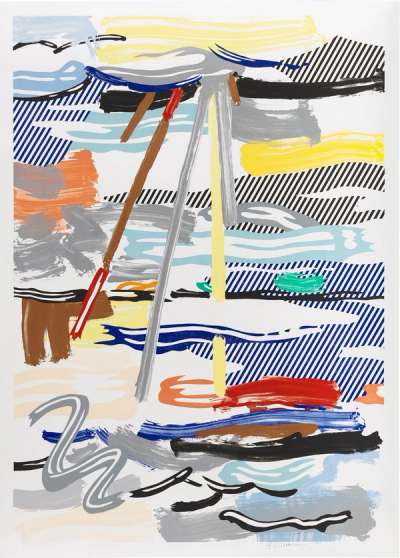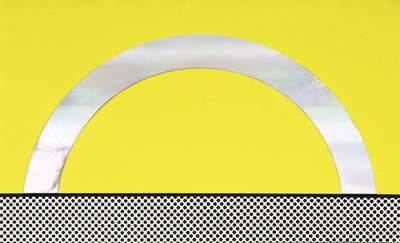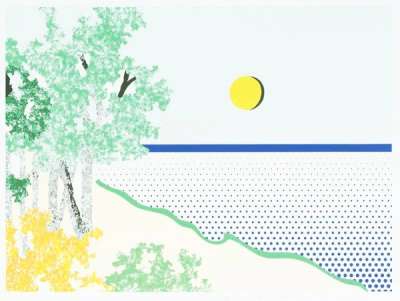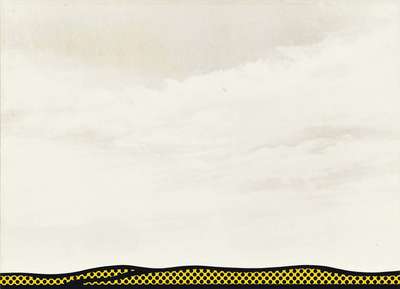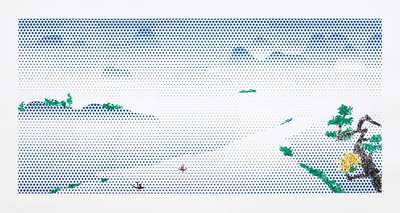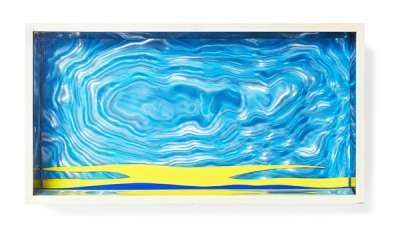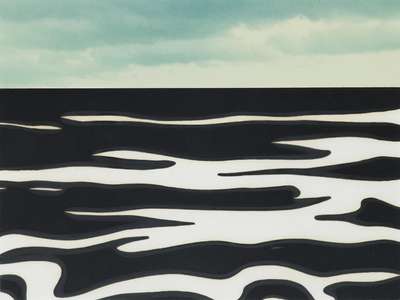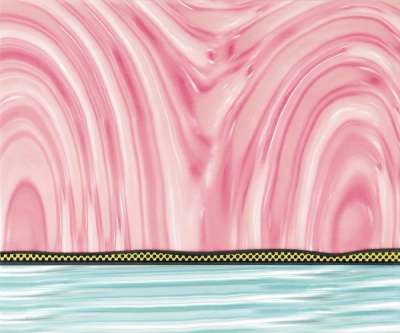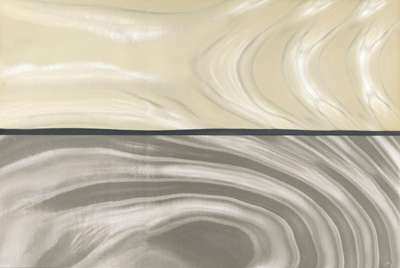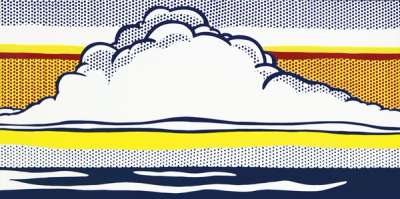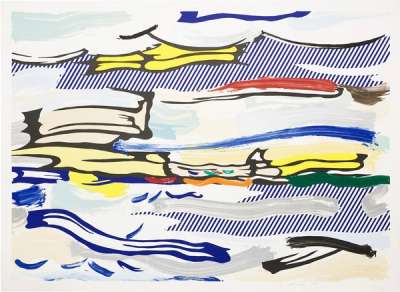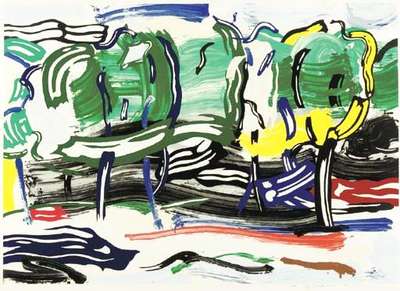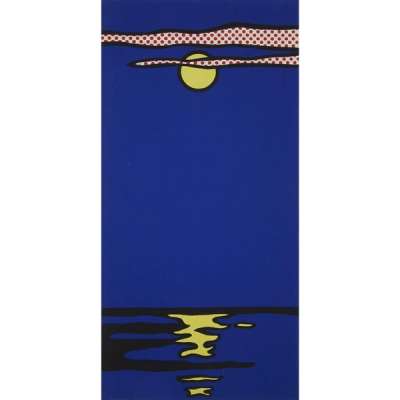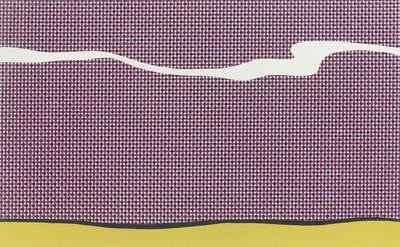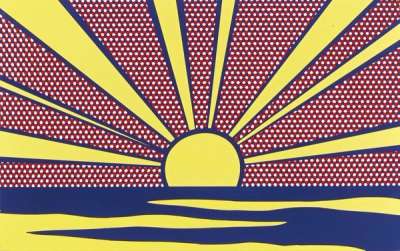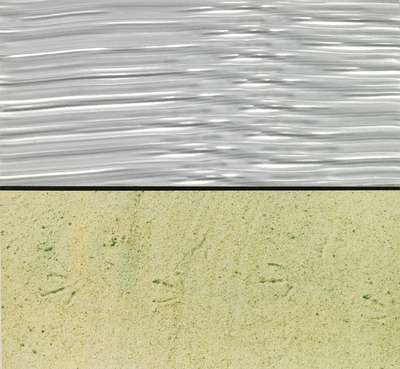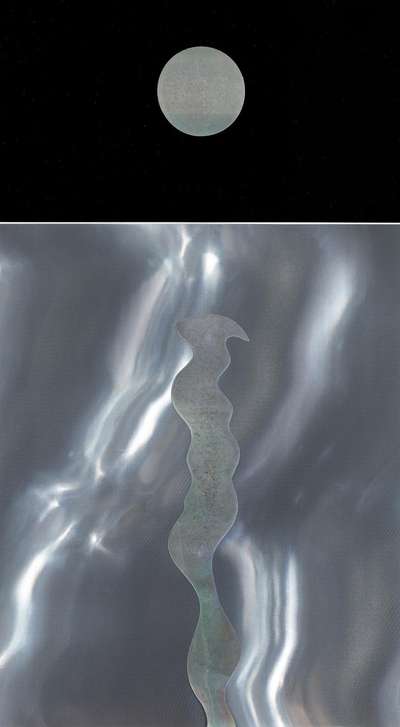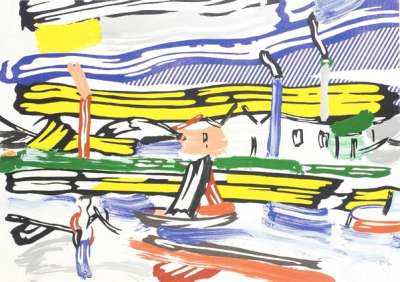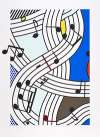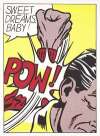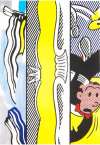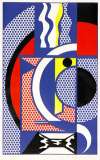Landscapes,
Moonscapes, Seascapes
Landscapes, Moonscapes and Seascapes, is Roy Lichtenstein’s calculated and artificial take on traditional naturalistic landscape paintings. Skilfully retaining his characteristic pop aesthetic regardless of his subject matter, Lichtenstein returned to landscapes regularly: the genre encapsulated his enduring interest in the infusion of cliché throughout art history.
Roy Lichtenstein Landscapes, Moonscapes, Seascapes For sale
Landscapes, Moonscapes, Seascapes Value (5 Years)
Works from the Landscapes, Moonscapes, Seascapes series by Roy Lichtenstein have a strong market value presence, with 388 auction appearances. Top performing works have achieved standout auction results, with peak hammer prices of £310473. Over the past 12 months, average values across the series have ranged from £2301 to £97222. The series shows an average annual growth rate of 6.52%.
Landscapes, Moonscapes, Seascapes Market value
Auction Results
| Artwork | Auction Date | Auction House | Return to Seller | Hammer Price | Buyer Paid |
|---|---|---|---|---|---|
 Seascape II Roy Lichtenstein Signed Mixed Media | 21 Nov 2025 | Eldred's Auction and Appraisal Services | £6,375 | £7,500 | £9,500 |
 View From The Window Roy Lichtenstein Signed Print | 24 Oct 2025 | Christie's New York | £51,000 | £60,000 | £80,000 |
 Seascape Roy Lichtenstein Signed Print | 24 Oct 2025 | Christie's New York | £34,000 | £40,000 | £50,000 |
 Sunshine Through The Clouds Roy Lichtenstein Signed Print | 24 Oct 2025 | Christie's New York | £59,500 | £70,000 | £90,000 |
 Road Before The Forest Roy Lichtenstein Signed Print | 23 Oct 2025 | Sotheby's New York | £42,500 | £50,000 | £70,000 |
 Titled Roy Lichtenstein Signed Print | 23 Oct 2025 | Sotheby's New York | £29,750 | £35,000 | £45,000 |
 Moonscape (C. 212) Roy Lichtenstein Signed Print | 26 Sept 2025 | Sotheby's New York | £51,000 | £60,000 | £90,000 |
 Sunrise Roy Lichtenstein Signed Print | 26 Sept 2025 | Sotheby's New York | £51,000 | £60,000 | £90,000 |
Sell Your Art
with Us
with Us
Join Our Network of Collectors. Buy, Sell and Track Demand
Meaning & Analysis
Landscapes, Moonscapes and Seascapes, a calculated, artificial take on naturalistic settings, forms one of Lichtenstein’s most striking projects. He was an aficionado of Pop Art, rising to prominence for his impactful cartoon imagery.
Lichtenstein skillfully retained his characteristic pop aesthetic throughout his career. What’s more, he advanced the scope of his formal vocabulary by continually engaging new and disparate influences.
Central to Lichtenstein’s practice was parody, which enabled the artist to engage with his often appropriated source materials from an ironic distance. He frequently revised the language of popular and commercial culture. At the same time, he also probed the boundaries of what fine art has been considered throughout history and what it could become in the future.
The landscape genre was a topic he returned to with regularity. The historical style encapsulated Lichtenstein’s enduring interest in the cliché infused properties of art. He evolved and expanded his vibrant Landscapes, Moonscapes and Seascapes for over three decades.
Landscapes, Moonscapes and Seascapes showcases a calculated and artificial take on naturalistic settings. The striking project features several individual editions and autonomous portfolios. One of the main aesthetic goals of the sequence is to mimic techniques of mass-production. That being said, the vast series contains remarkably detailed mixed-media works, executed by hand and perfected through machines.
The vivid prints in this expansive sequence consider the contradictory tendencies of representation and perception. Lichtenstein’s intricate landscape renditions reference Abstract Expressionism, Impressionism, Fauvism, Pointillism, German Romanticism and Chinese Master painters.
